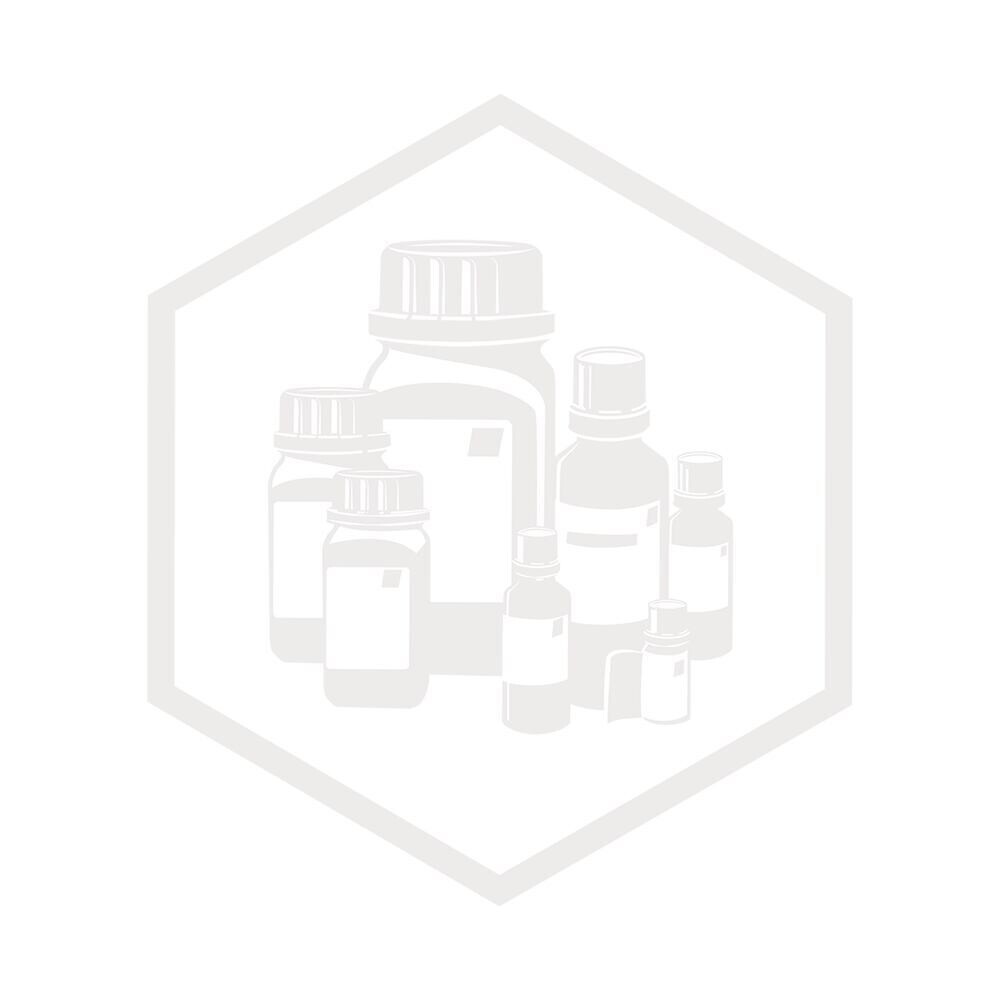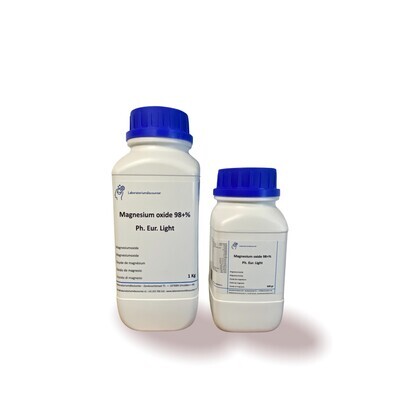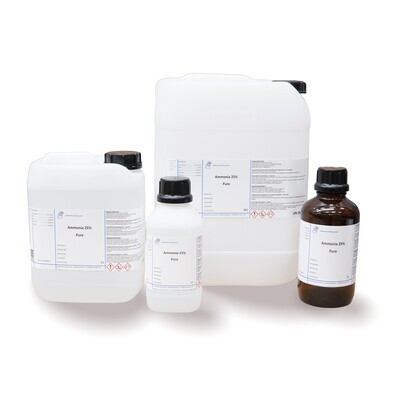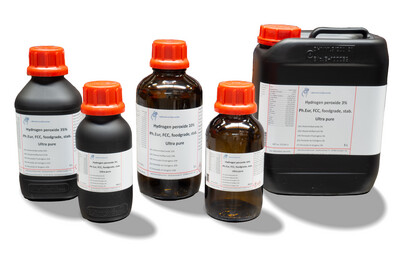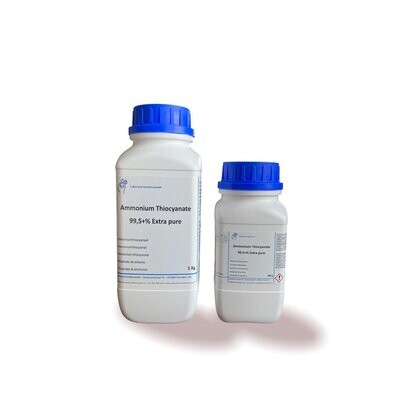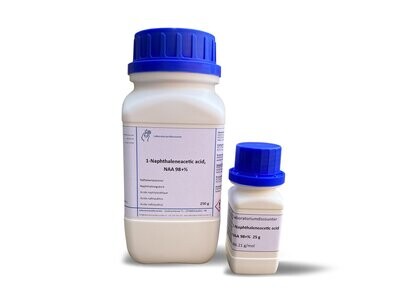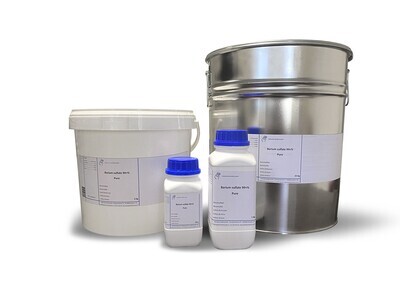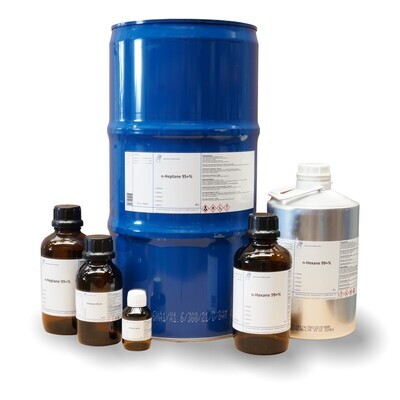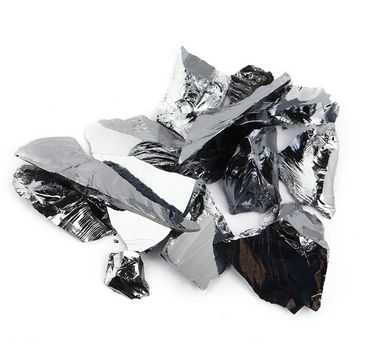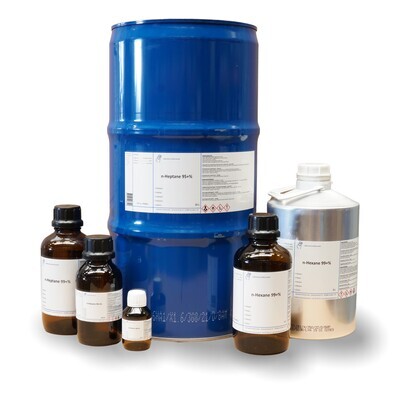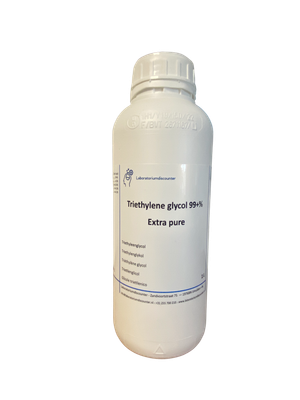Verzending 24–48 u • Levering in de hele EU • Veilige chemieverpakking
Sodium carbonate, anhydrous 99.5+% 1 g
SKU 007007
€ 43,07
In stock
1
Save this product for later
Sodium carbonate, anhydrous 99.5+% 1 g
Product Details
CAS number: 497-19-8
Chemical formulas: Na2CO3/ F.W. 105.99
Cation: Na
Packaging: 1 g
EAN: 8721028251213
Brand: Laboratoriumdiscounter
Sodium carbonate, anhydrous, also known as soda ash or washing soda, is a versatile chemical compound used in various industries. It is commonly used as a cleaning agent, pH regulator, and water softener. With its strong alkaline properties, sodium carbonate is an essential ingredient in the production of glass, detergents, and paper. Its unique properties make it an indispensable compound in many industrial processes.
When working with Sodium carbonate, anhydrous, it is important to follow safety precautions to ensure your well-being. Here are some short safety instructions to keep in mind: 1. Personal Protective Equipment (PPE): Always wear appropriate PPE, including safety goggles, gloves, and a lab coat or protective clothing, to protect your eyes, skin, and body from potential contact with Sodium carbonate. 2. Ventilation: Work in a well-ventilated area or use a fume hood to prevent the accumulation of any harmful vapors or dust. Sodium carbonate can release irritating or toxic fumes when heated or mixed with certain chemicals. 3. Handling and Storage: Handle Sodium carbonate with care, avoiding any spills or splashes. Store it in a tightly sealed container in a cool, dry place away from incompatible substances, such as acids or oxidizers. 4. Fire Safety: Sodium carbonate is not flammable, but it can support combustion in the presence of other flammable materials. Keep it away from open flames, sparks, or heat sources. 5. First Aid: In case of accidental contact with Sodium carbonate, immediately flush the affected area with plenty of water for at least 15 minutes. If irritation persists, seek medical attention. If ingested, do not induce vomiting and seek immediate medical help. 6. Chemical Incompatibilities: Avoid mixing Sodium carbonate with strong acids, as it can react violently, releasing heat and potentially causing an explosion. Always check the compatibility of Sodium carbonate with other chemicals before combining them. 7. Spill and Cleanup: In case of a spill, carefully contain and clean it up using appropriate absorbent materials. Dispose of the waste according to local regulations and guidelines. 8. Emergency Procedures: Familiarize yourself with the emergency procedures and safety equipment available in your work area, such as eyewash stations, safety showers, and fire extinguishers. Remember, these are just general safety instructions, and it is crucial to consult the specific safety data sheet (SDS) and follow the guidelines provided by the manufacturer for the Sodium carbonate, anhydrous you are working with.
Please note, not all safety data for this product is available on our website, for a complete list of P en H sentences and other safety instructions please request the MSDS at our customer service
You May Also Like
End user declaration required
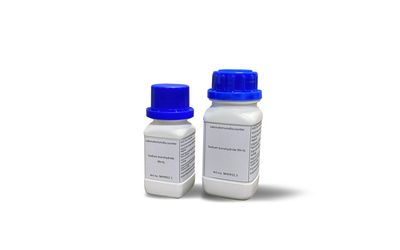
Sodium Borohydride 98 +%, pure 10 gram
Sodium Borohydride 98 +%, pure 10 gram
Only for registered companies
SKU NHH932.1
€ 13,13
End user declaration required
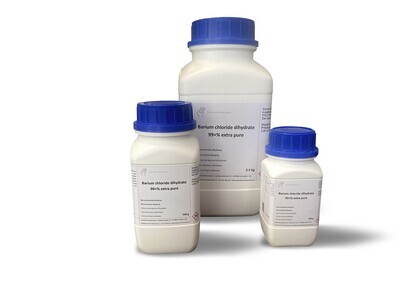
Barium chloride dihydrate 99+% extra pure 500 gram
Barium chloride dihydrate 99+% extra pure 500 gram
Only for registered companies
SKU BAC9345.2
€ 16,91
Display prices in:EUR
